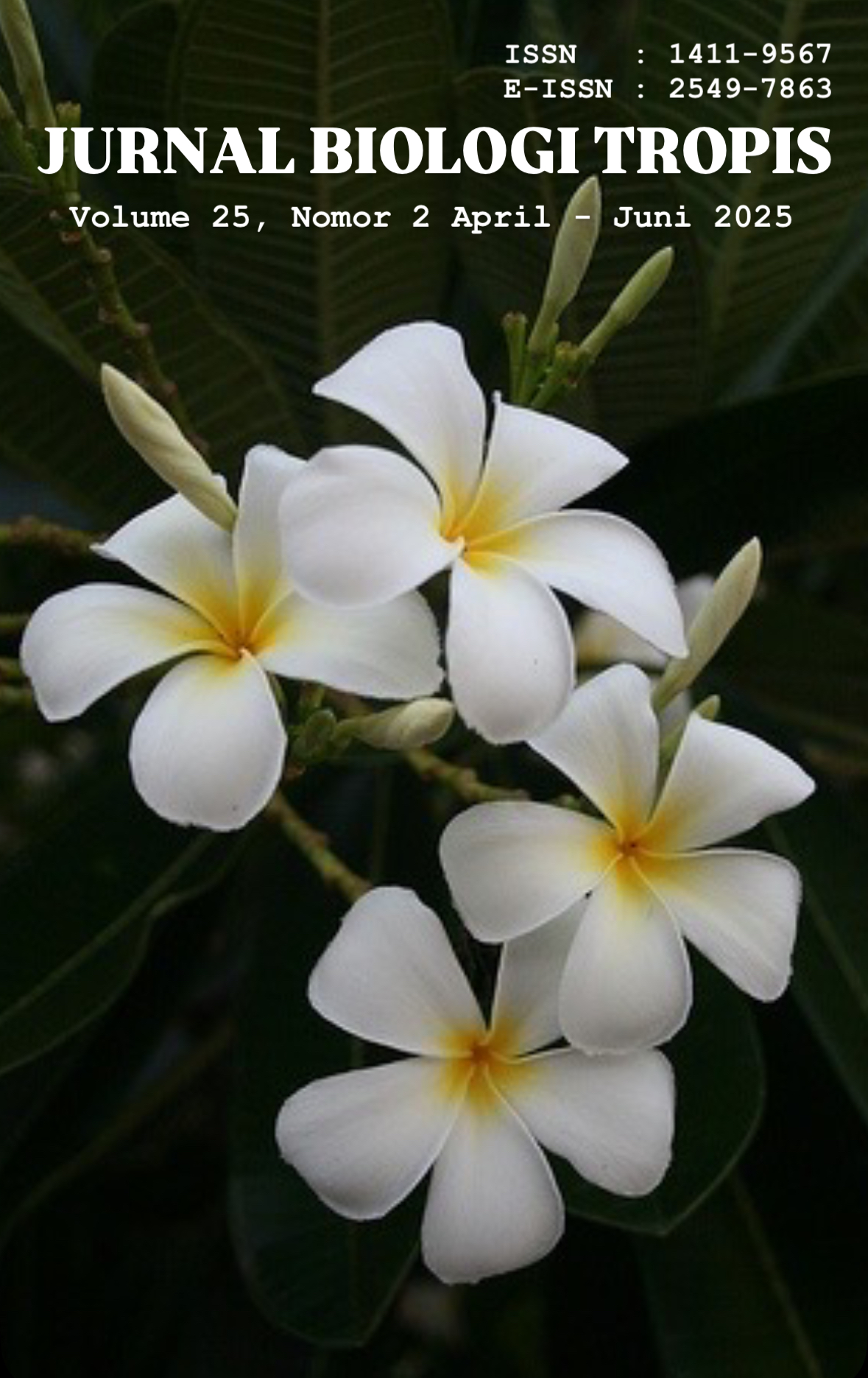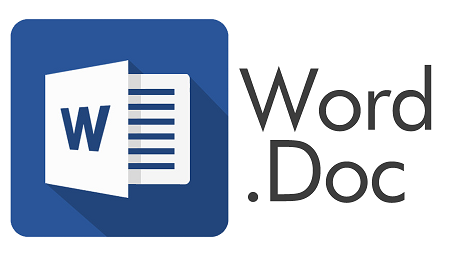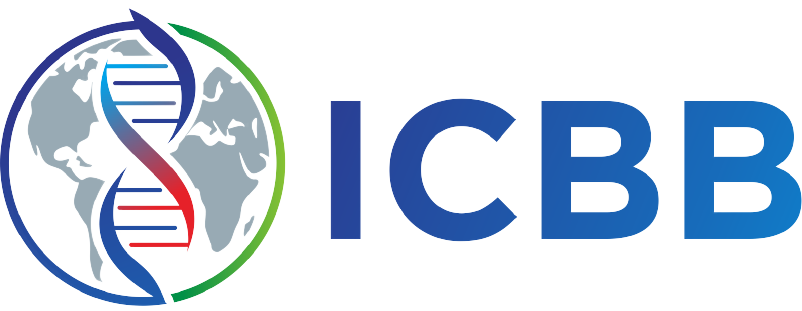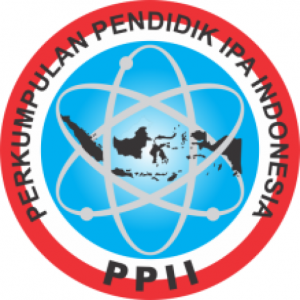The Impact of Pesticide Wastewater on Environmental Health: A Bibliometric Analysis
Authors
Dhea Kasnelia Putri , Elsa YuniartiDOI:
10.29303/jbt.v25i2.8798Published:
2025-05-15Issue:
Vol. 25 No. 2 (2025): April-JuniKeywords:
health; pesticide; wastewater.Articles
Downloads
How to Cite
Downloads
Metrics
Abstract
Pesticide wastewater is water containing dissolved or dispersed pesticide residues that can threaten environmental health. This study aims to assess the impact of pesticide wastewater on environmental health. The method employed was a literature review of the Scopus database using the keywords “pesticide AND wastewater AND health.” Data were analyzed with VOSviewer to map the interrelationships among keywords. The results revealed three maps with four color clusters highlighting the keywords “pesticide,” “wastewater,” and “health.” In conclusion, bibliometric analysis is effective for identifying research themes and guiding future studies. The implications of these findings are that bibliometric analysis can enhance understanding of research trends on pesticide wastewater and foster the development of more in‑depth studies and more effective pesticide wastewater management strategies.
References
Aqilla, A. R., Razaq, A., Yuniarti, E., & Handayuni, L. (2024). Pentingnya sanitasi bagi kesehatan lingkungan di pertanian. Jurnal Pertanian Agros, 26(1), 4355-4359.
Aryani, D., Sunardi, & Melanie. (2013). Uji toksisitas sedimen Sungai Citarum terhadap mortalitas larva Hydropsyche sp. (Trichoptera: Hydropsychidae). Jurnal Biotika, 11(2), 140-146.
Bornmann, L., & Mutz, R. (2015). Growth rates of modern science: A bibliometric analysis based on the number of publications and cited references. Journal of the Association for Information Science and Technology, 66(11), 2215–2222.
Brodie, J., & Landos, M. (2019). Pesticides in Queensland and Great Barrier Reef waterways: Potential impacts on aquatic ecosystems and the failure of national management. Estuarine, Coastal and Shelf Science, 230, 106447.
Chen, J., Liu, X., & Yang, Y. (2020). Emerging contaminants in water and their impact on public health: A review. Environmental Science & Technology, 54(10), 5873-5890.
De Jesus, R. A., Barros, G. P., Bharagava, R. N., Liu, J., Mulla, S. I., Azevedo, L. C. B., & Ferreira, L. F. R. (2023). Occurrence of pesticides in wastewater: Bioremediation approach for environmental safety and its toxicity. In Advances in Chemical Pollution, Environmental Management and Protection (Vol. 9, pp. 17-33). Elsevier.
Donthu, N., Kumar, S., Mukherjee, D., Pandey, N., & Lim, W. M. (2021). How to conduct a bibliometric analysis: An overview and guidelines. Journal of Business Research, 133, 285–296.
Gao, X., Sun, Y., & Zhang, L. (2019). Organic pollution and aquatic ecosystems: A comprehensive review. Aquatic Sciences, 81(3), 45-62.
Hellar, K. (2011). Pesticide residues in four rivers running through an intensive agricultural area, Kilimanjaro, Tanzania. Journal of Applied Sciences and Environmental Management, 15(2), 307-316.
Jiang, X., Zhang, W., & Wang, S. (2019). Effects of pesticide residues on human health and aquatic ecosystems. Environmental Pollution, 249, 229-236.
Kasim, S. I., Longkop, S. A., Iqbal, M., Kapi, F. B., & Husain, I. H. (2025). Analisis Biblometrik Dampak Pencermaan Sungai Terhadap Ekosistem Air. Jurnal Biogenerasi, 10(2), 881-886.
Kumar, N., Gupta, A., & Mishra, S. (2017). Phytoremediation of heavy metals: A green technology. Environmental Pollution Journal, 221, 275-285.
Li, X., Zhang, H., & Wu, J. (2019). Water pollution and its impact on human health: A systematic review. Water Research, 164, 114899.
Liu, R., Chen, X., & Wang, Y. (2022). Impact of organic pollution on water quality and ecosystem health. Environmental Monitoring and Assessment, 194(8), 579.
Musa, M., Buwono, N. R., Iman, M. N., Ayuning, S. W., & Lusiana, E. D. (2019). Pesticides in Kalisat River: Water and sediment assessment. AACL Bioflux, 15(5), 1806-1813.
Nuraeni, A., Nurasa, H., & Widianingsih, I. (2022). Analisis bibliometric penelitian sanitasi (sanitation research bibliometric analysis). Jurnal Green Growth Dan Manajemen Lingkungan, 11(2), 75-84.
Saputra, H. M., Sari, M., Purnomo, T., Suhartawan, B., Asnawi, I., Palupi, I. F. J., Sahabuddin, E. S., Sinaga, J., Juhanto, A., Yuniarti, E., & Nur, S. (2023). Analisis kualitas lingkungan. Get Press Indonesia.
Sharma, P., Kumar, V., & Singh, D. (2018). Bioremediation of heavy metals: Current trends and future prospects. Applied Microbiology and Biotechnology, 102(9), 3893-3907.
Small, H., Boyack, K. W., & Klavans, R. (2022). Identifying emerging topics in science and technology. Scientometrics, 127(4), 2519–2536.
Smith, A., Lee, C., & Harris, T. (2020). Pesticides and human health: A global perspective. Journal of Environmental Health, 82(1), 46-59.
Van Eck, N. J., & Waltman, L. (2014). Visualizing bibliometric networks. Springer.
Vryzas, Z., Ramwell, C., & Sans, C. (2020). Pesticide prioritization approaches and limitations in environmental monitoring studies: From Europe to fruits and vegetables and fecundability in a North American preconception cohort study. Journal of Environment International, 139, 105693.
Wang, J., Liu, H., & Chen, B. (2020). Advanced oxidation processes in wastewater treatment: Recent advances. Chemical Engineering Journal, 387, 124178.
Yu, X., Zeng, H., & Xu, J. (2021). Pesticide contamination and its impact on environmental health. Environmental Science and Pollution Research, 28(5), 4877-4889.
Zakiyyah, F. N., Winoto, Y., & Rohanda, R. (2022). Pemetaan bibliometrik terhadap perkembangan penelitian arsitektur informasi pada Google Scholar menggunakan VOSviewer. Information: Journal of Library and Information Science, 2(1), 43. https://doi.org/10.24198/inf.v2i1.37766
Zhang, J., Yu, Q., & Zheng, F. (2020). Mapping the scientific research on sustainability: A bibliometric analysis using VOSviewer. Sustainability, 12(8), 3211.
Zhang, Y., Wang, T., & Li, M. (2021). Application of nanomaterials in wastewater treatment: A review. Journal of Nanomaterials and Environmental Science, 45(2), 123-135.
License
Copyright (c) 2025 Dhea Kasnelia Putri, Elsa Yuniarti

This work is licensed under a Creative Commons Attribution 4.0 International License.

Jurnal Biologi Tropis is licensed under a Creative Commons Attribution 4.0 International License.
The copyright of the received article shall be assigned to the author as the owner of the paper. The intended copyright includes the right to publish the article in various forms (including reprints). The journal maintains the publishing rights to the published articles.
Authors are permitted to disseminate published articles by sharing the link/DOI of the article at the journal. Authors are allowed to use their articles for any legal purposes deemed necessary without written permission from the journal with an acknowledgment of initial publication to this journal.


























